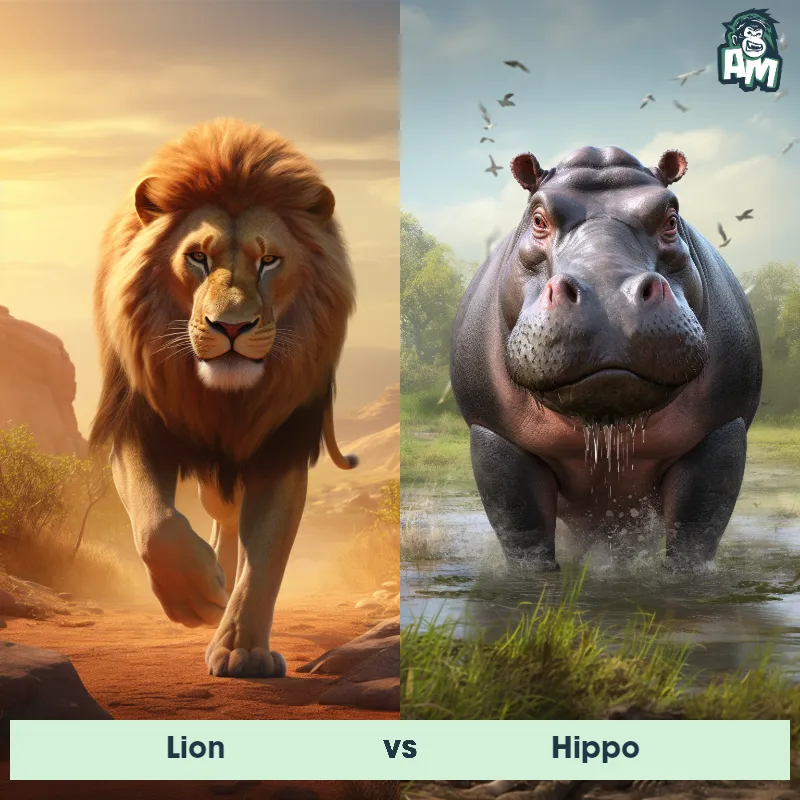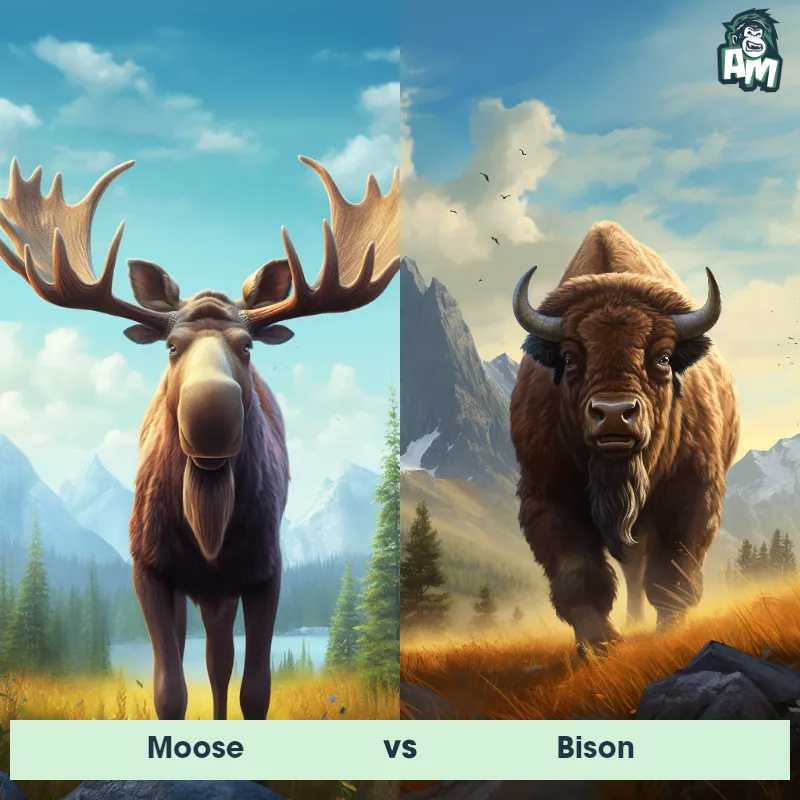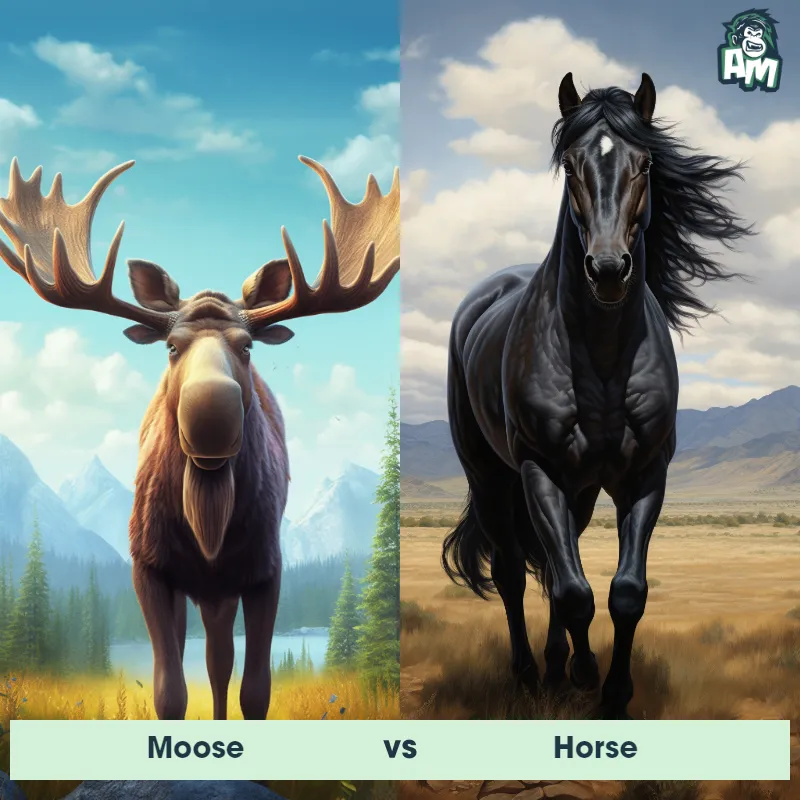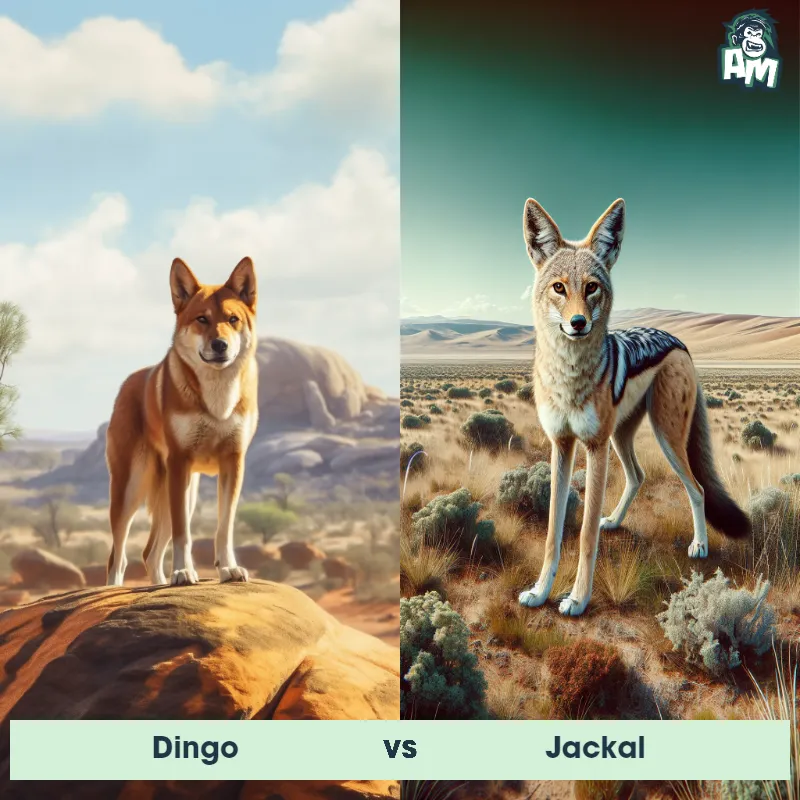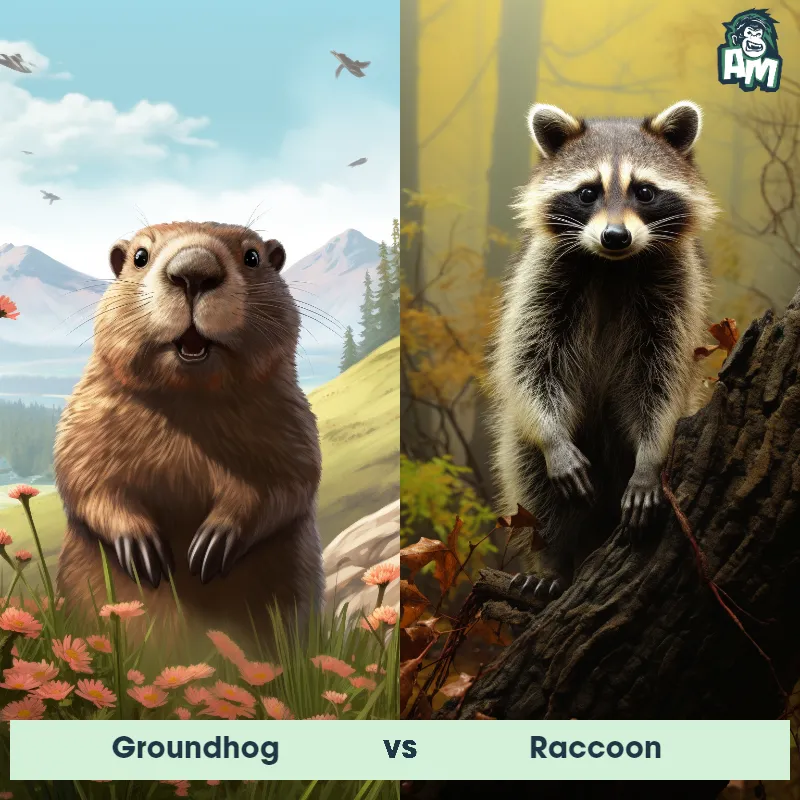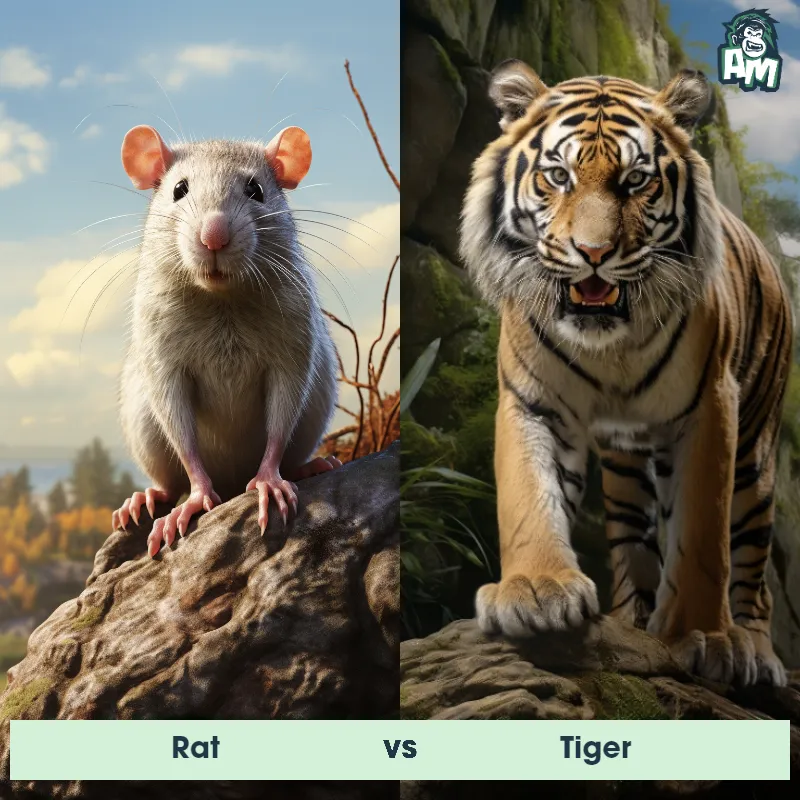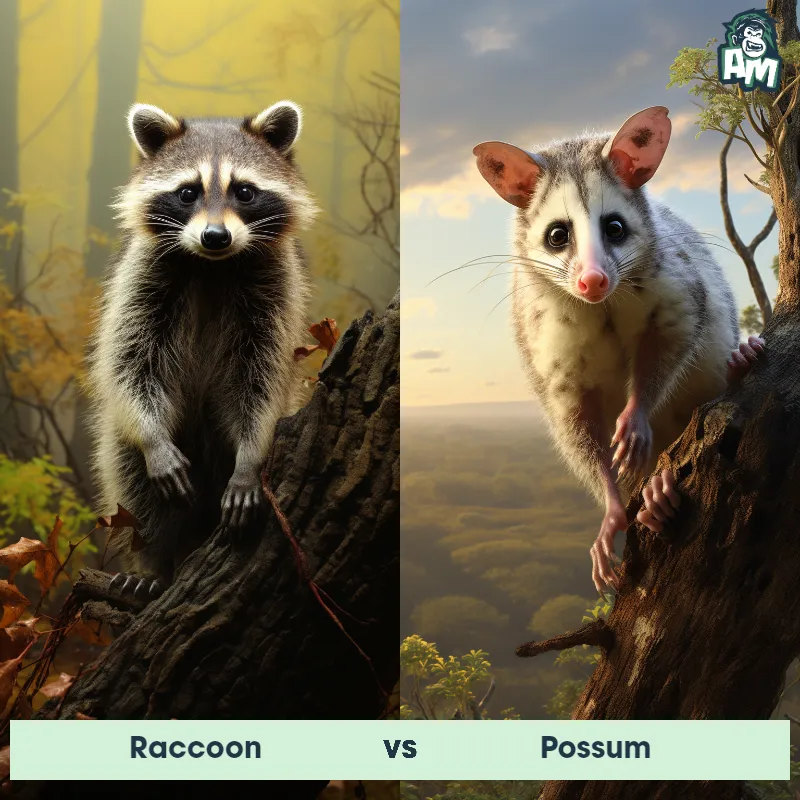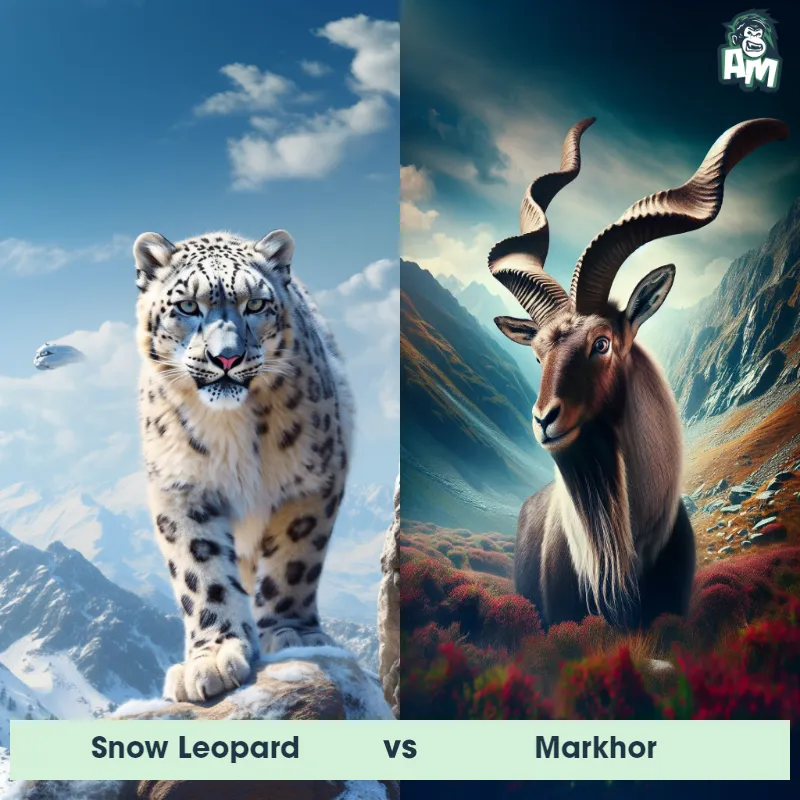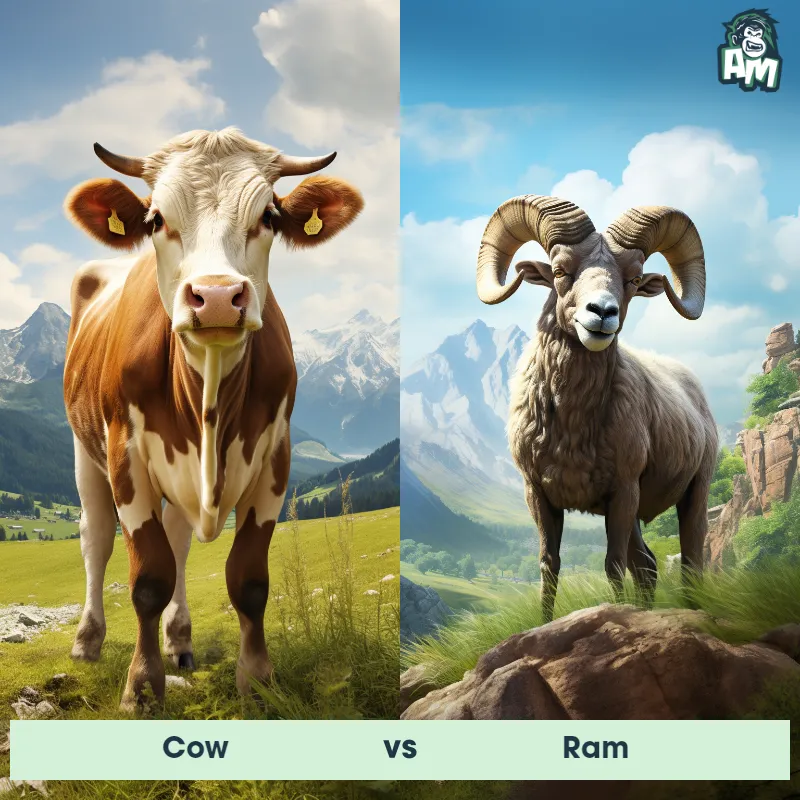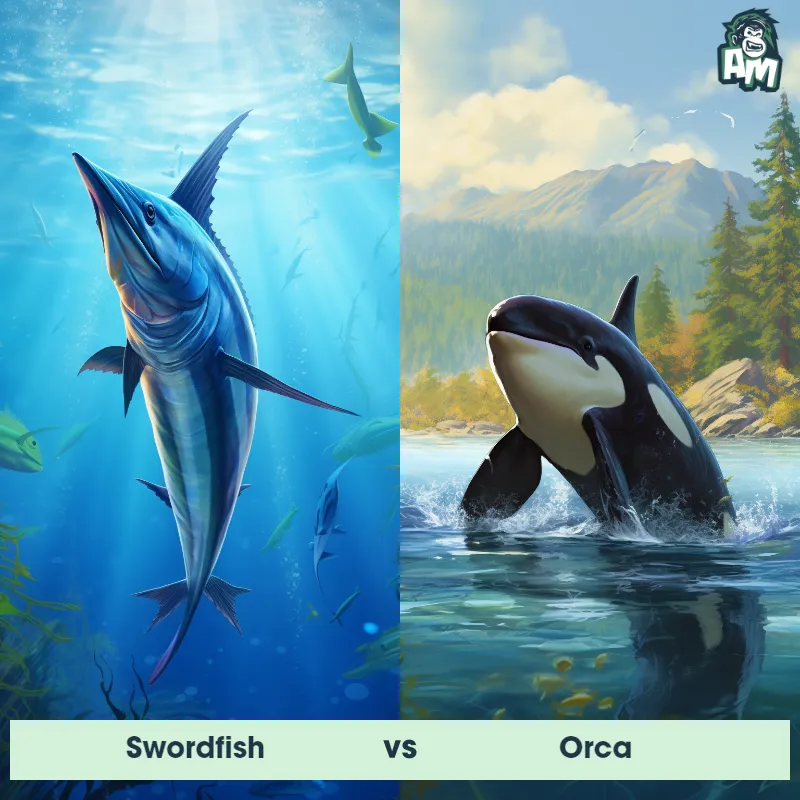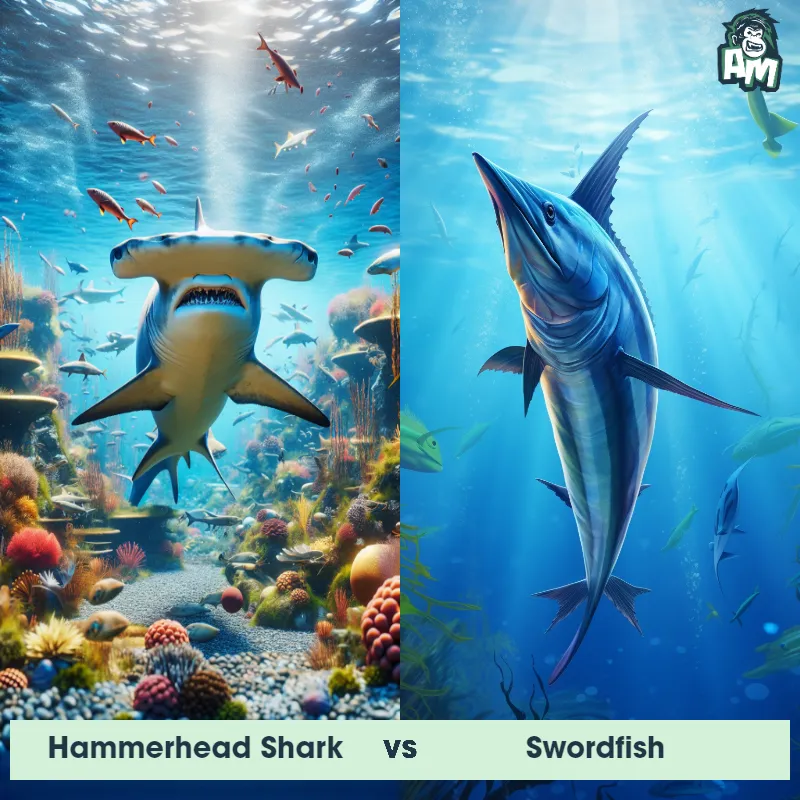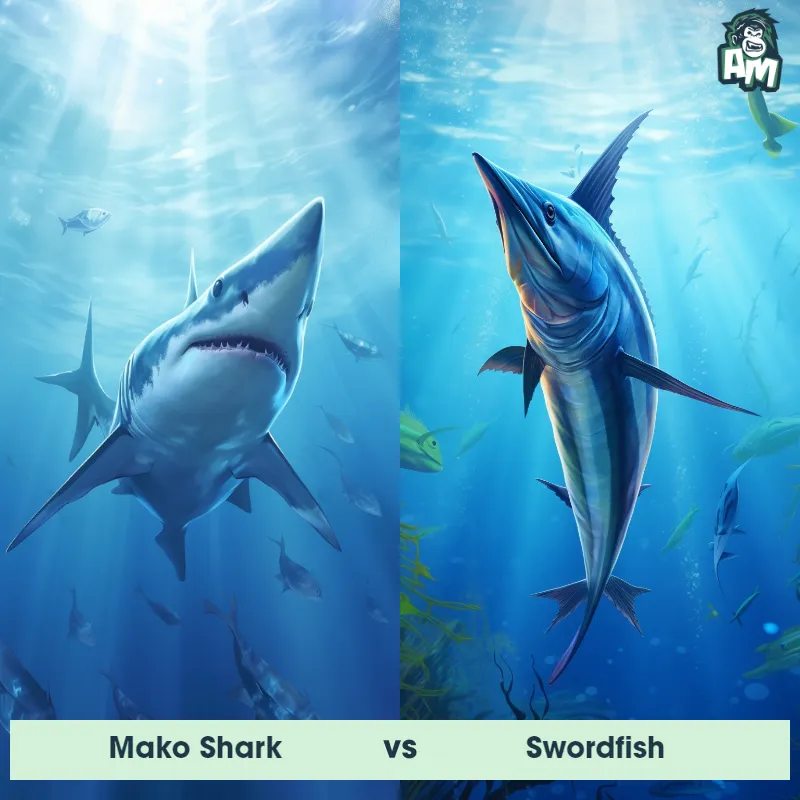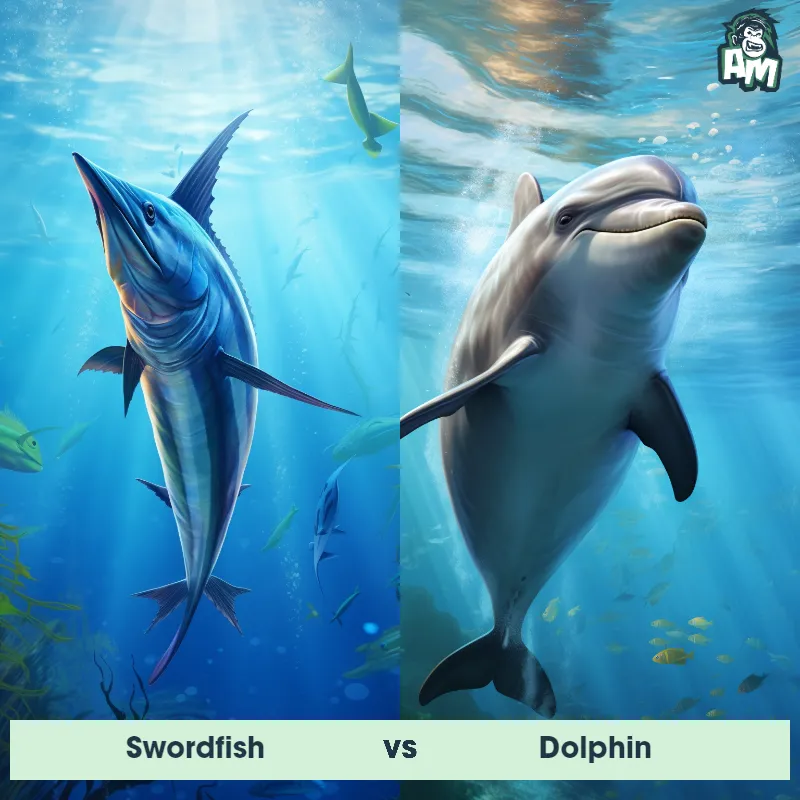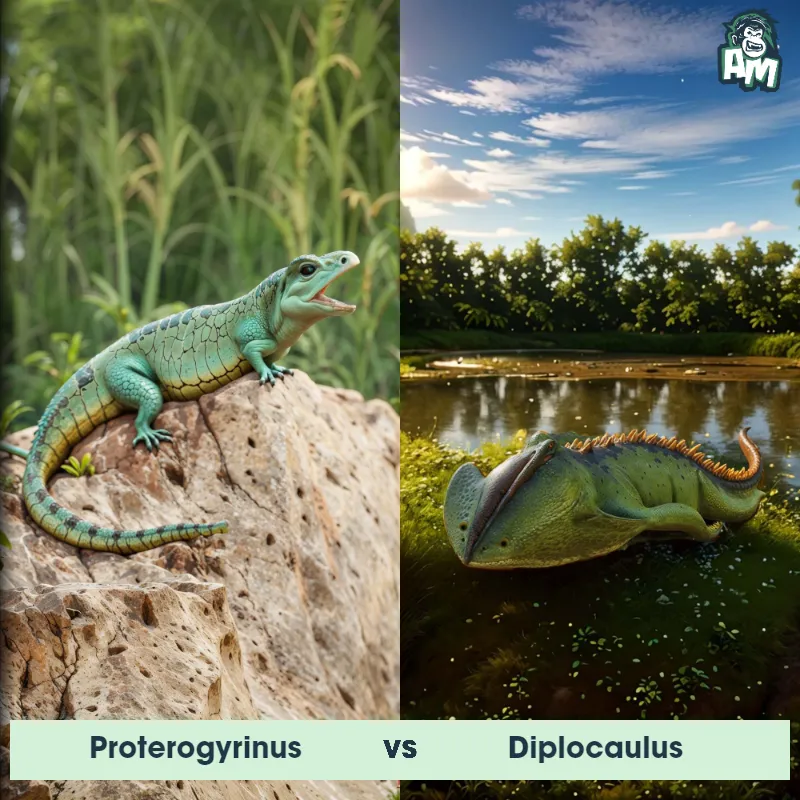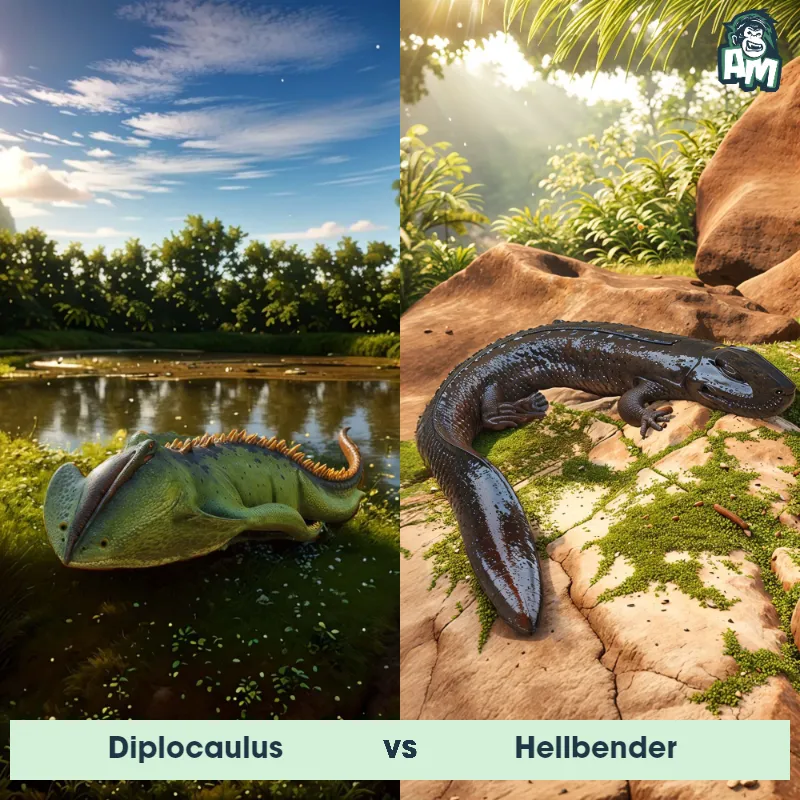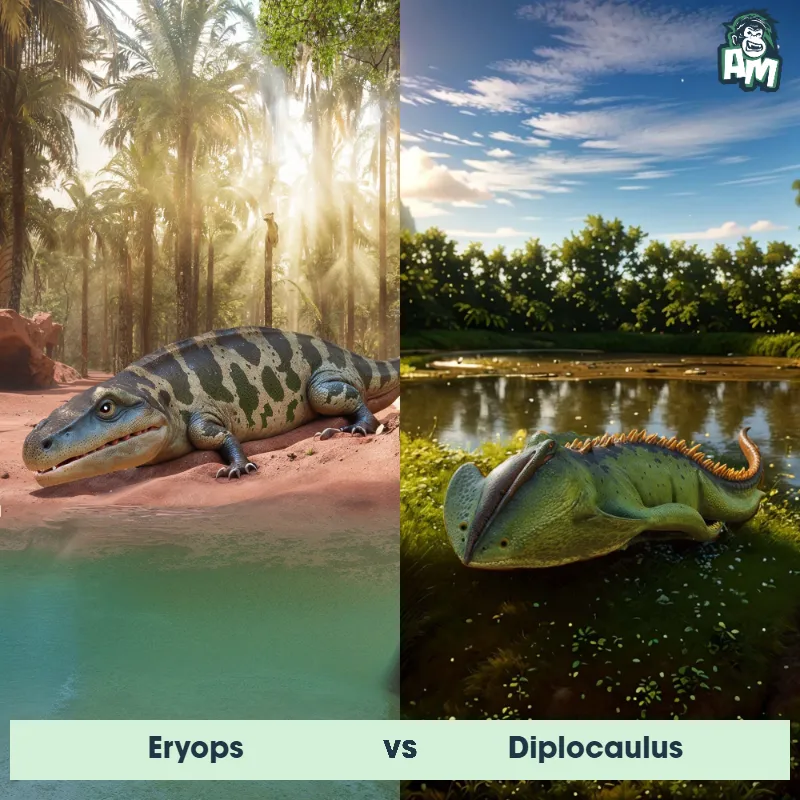Diplocaulus vs SwordfishSee Who Wins

In one corner, we have the agile Diplocaulus, a prehistoric amphibian renowned for its boomerang-shaped head. In the opposite corner, the streamlined and rapid Swordfish, its elongated bill honed for piercing through defenses. The stage is set for an unusual matchup where agility meets precision. Let's dive into the action.
Contender 1: Diplocaulus
The Diplocaulus, also known as the "boomerang-headed amphibian," was a prehistoric creature from the Permian period. It had a unique, boomerang-shaped skull that made it easily recognizable. This amphibian had short, stout legs and a streamlined body, perfect for swimming in the waters it inhabited. Its diet likely consisted of small fish and other aquatic organisms.
Fun Fact: One fun fact about Diplocaulus is that despite its appearance, the boomerang-shaped skull was not used as a weapon or for defense, but rather as a way to improve its buoyancy while swimming.
Contender 2: Swordfish
The Swordfish is a large, highly migratory, predatory fish known for its elongated, flat bill, which resembles a sword. The body is designed for fast swimming with a streamlined, powerful physique that can reach lengths of up to 15 feet and weights of up to 1,400 pounds. They have a unique coloration, dark on top ranging from black to lighter browns, and white or lighter hues on the underbelly. Swordfish primarily feed on a diet consisting of various fish and squids.
Fun Fact: Swordfish are among the fastest fish in the ocean, capable of reaching speeds of up to 60 miles per hour due to their powerful, crescent-shaped tails and streamlined bodies.
Matchup Stats
| Diplocaulus | Swordfish | |
|---|---|---|
| Size | Approximately 2-3 feet (60-90 cm) in length | Up to 15 feet (4.6 meters) |
| Weight | Around 10-20 pounds (4.5-9 kg) | Up to 1,400 pounds (635 kilograms) |
| Speed | 7 mph (11 km/h) | 60 mph (97 km/h) |
| Key Strength | Speed and agility in water | Speed and powerful, sword-like bill |
| Biggest Weakness | Vulnerability on land | Limited maneuverability due to streamlined body |
Current Votes
Diplocaulus vs Swordfish
See Who Wins
View More Matches
Looking For More?
Similar Matches
Scientific Stats
| Diplocaulus | Swordfish | |
|---|---|---|
| Scientific Name | Diplocaulus | Xiphias gladius |
| Family | Diplocaulidae | Xiphiidae |
| Habitat | Freshwater | Open Oceans |
| Geography | North America | Worldwide in tropical, subtropical, and temperate seas |
| Diet | Small fish and aquatic organisms | Various fish and squids |
| Lifespan | 10 years - 15 years | 9 years - 15 years |
Key Differences between Diplocaulus and Swordfish
- Size: Diplocaulus was relatively small, typically less than 1 meter long, whereas Swordfish can reach lengths of up to 4.5 meters.
- Shape: Diplocaulus had a distinctive boomerang-shaped head, while Swordfish have an elongated, streamlined body with a long, pointed bill.
- Habitat: Diplocaulus lived in freshwater environments, while Swordfish inhabit oceanic, saltwater regions.
- Color: Diplocaulus was likely colored in earth tones, blending with muddy waters, whereas Swordfish have a silvery-blue coloration with a lighter underside.
- Limbs: Diplocaulus had four short legs adapted for walking, but Swordfish have no limbs and possess fins for swimming.
- Tail: Diplocaulus had a modest, lizard-like tail, in contrast to the large, crescent-shaped tail fin of Swordfish designed for fast swimming.



